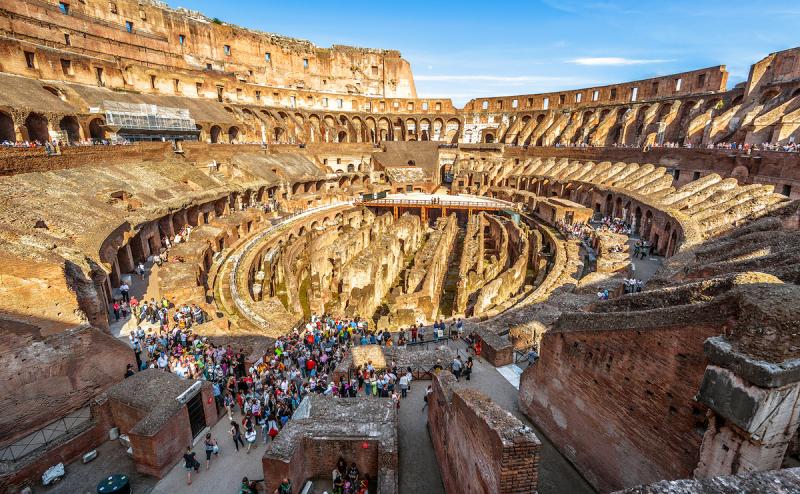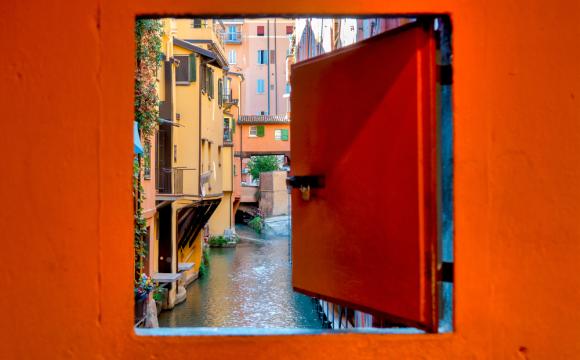In a couple of years, you may be able to stand in the center of the Colosseum’s announced new arena floor, experiencing the same view gladiators had when they fought against each other and wild animals in ancient Rome.
The central area of the world-famous Roman amphitheater, which we are used to seeing ‘uncovered’, with the network of underground tunnels and corridors visible, originally had a wooden floor, covered with sand. It was here that the gladiatorial fights took place, as spectators cheered and the Emperor watched.
That floor was removed in the late 1800s when archeologists began to excavate the subterranean levels of the structure to inspect them. The floor was never fully replaced.
On May 2, Italy’s Ministry of Culture announced a project to build and install a new retractable arena floor.
“It’s an ambitious project that will help the conservation and protection of the monument and improve its usability,” said culture minister Dario Franceschini, who has supported the idea of a Colosseum floor since 2014. “In 2023, we will have the splendor of the Colosseum with its arena again,” he added.
The top of the new hi-tech floor will be made of sustainable Accoya wood, and will consist of slats that can be rotated to allow natural light into the area below, protect the underground structures from rain when needed and ensure their ventilation.
"An extremely light and completely reversible structure" according to Milan Ingegneria, the Venice-based structural engineering and architecture firm that won an €18.5m bid for the proposal, which was selected among ten others presented and is expected to be completed by 2023.
Culture minister Franceschini also said that the new stage could be used to host cultural events.
The Colosseum’s original floor was built on top of a network of tunnels and rooms where gladiators and animals waited before entering the arena. This underground area was opened to the public in 2010. The tunnels are visible to visitors from the tiered rows of seats above.
Completed in 80 AD, the Colosseum was the biggest amphitheater in the Roman empire and could host up to 70,000 spectators. It is Italy's most popular tourist attraction, with an average of 7 million visitors a year (pre-pandemic).
The Colosseum reopened to visitors on April 26, with rules in place to avoid excessive crowding once inside; the visit must follow a marked, one-way itinerary and only a certain number of people are allowed to enter simultaneously. The entrance ticket must be booked online in advance on the Archeological Park of the Colosseum’s website.













